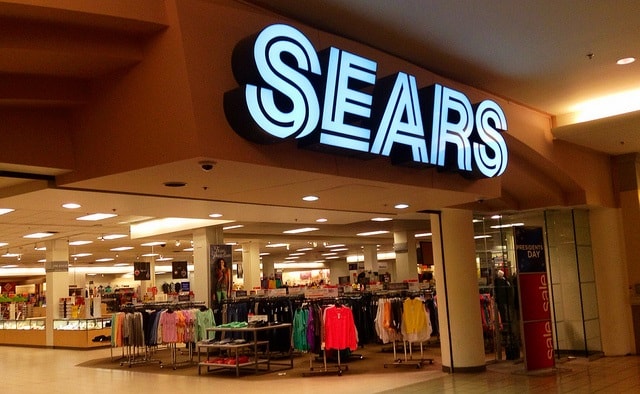One of the biggest fears for retailers in recent years is that online retailers, are going to destroy the market base for more traditional types of retail. They have plenty of cause to fear – with online retailers often delivering better service at a lower price (look at Lull mattress reviews for example). Most market indicators show us that this is not the case. The demand for traditional retail is still there in most sectors and it doesn’t seem to be going away anytime soon.
However, traditional retail has taken a hit due to the explosion in online retail. To back this up, we will look at numerous examples of companies that have failed to capitalize on the growth of the online market. At the same time, we see that many companies who have undertaken joint strategies of traditional retail and online retail have exploded in terms of growth and revenue.
Purely traditional retail
Examples of purely traditional retailers are growing more and more difficult to come by. The best examples tend to be large retailers like Walmart, but Walmart is hugely into online retail. What’s more important to look at is a lack of innovation within a company, and how the online part of its business is implemented and executed in relation to how the traditional side of the business is handled.
Sears is a great example of how not to do this. Sears was an early adopter of online retail, but the company only ever really treated it as an afterthought. The result? Sears has been almost completely wiped out by companies such as Walmart and Amazon. The company was the third most profitable retail store in the US in 1990. The only two companies ahead of them on that list were Walmart and Kmart. Kmart bought Sears in 2005, but this hasn’t helped either company. The net income for Sears Holdings (the parent company of Kmart and Sears) was -2.221 billion dollars in 2016. Sears didn’t truly embrace the online market until it was too late, and so they have suffered the consequences.

Purely online retail
Now it’s time to look at the other end of the scale. Amazon is the largest internet-based retailer in the world, but recent acquisitions of Whole Foods Market suggests that the tech giant is attempting to move into the physical retail sector as well. In 2014, Amazon’s cumulative profit overtook that of Sears. This wasn’t a massive shock, as the company had been heading that way for a while, but it showed the power of the online sector in comparison to the traditional forms of retail.
Amazon overcame Walmart in 2015 to become the largest US retailer by market capital. Even with this success, however, Amazon have still expressed interest in moving into the traditional retail sector. Even though they surpassed Walmart by some metrics over the last few years, Amazon understands that Walmart occupy an arguably more stable sector than they do, and they are beginning to seek ways to enter that sector. Even purely online retailers recognize the strength of traditional retail.
Joint strategy
Walmart is the best example of a retailer following a joint strategy approach across traditional and online forms of retail. Walmart have always had their grocery stores at the forefront of the business. By using this joint strategy, Walmart has managed to maintain successive, continuous growth over recent years. By most metrics, it leads as the largest retailer in the US. Walmart has managed this through constant, rigorous innovation in both their traditional and online retail markets.
What Walmart’s success shows us is that while the state of retail is beginning to enter a new era, one where a traditional retailer may struggle, that does not mean that it is time to completely abandon traditional retail either. There is still a large, sustainable market for traditional retail, as long as it embraces a hassle-free online component.



